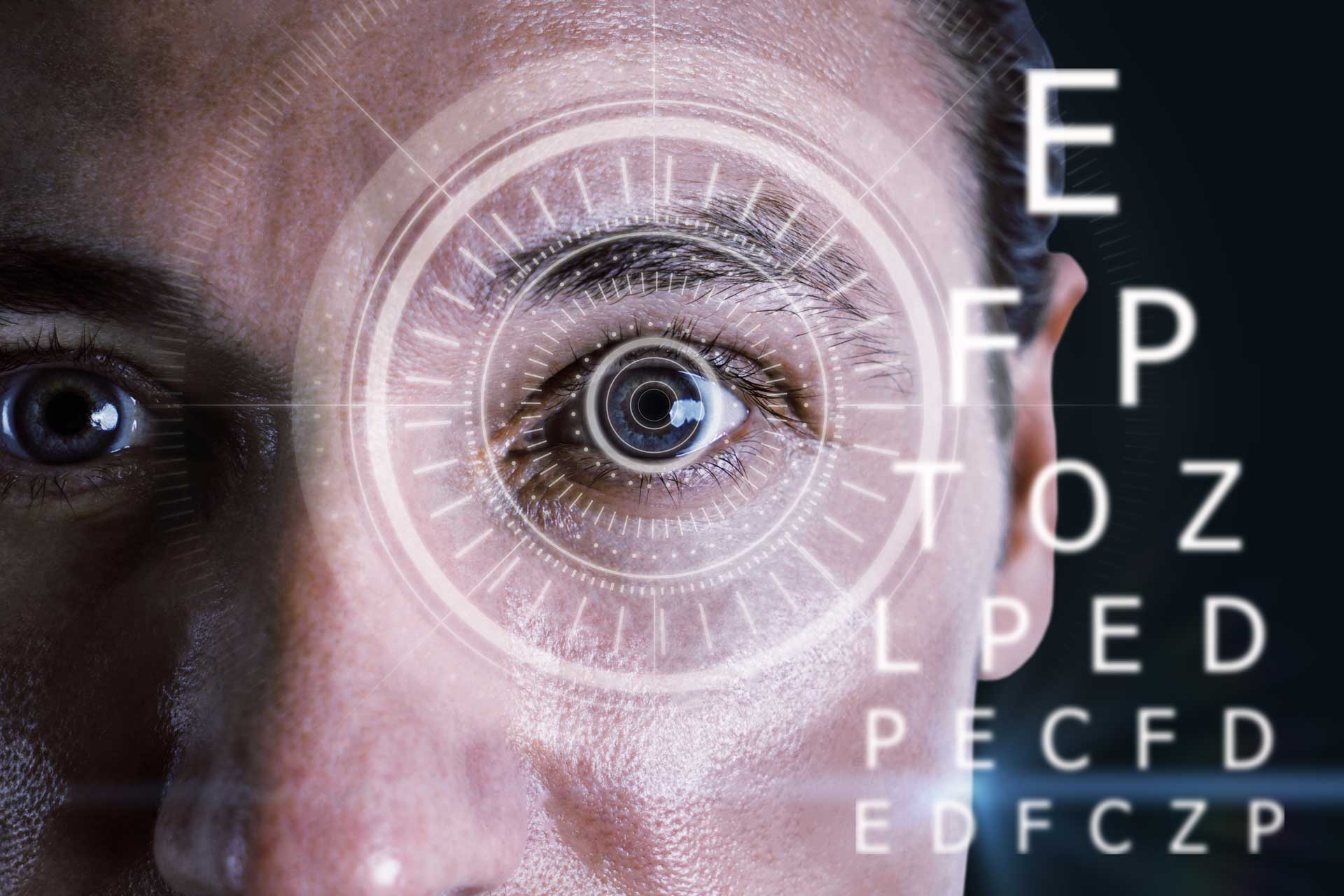
Chances are, your healthcare team has launched a telehealth campaign to stay connected to patients throughout the ongoing COVID-19 pandemic.
One area that’s lacking and has huge room for growth? Virtual eye care. Telemedicine in optometry can expand patient access to care, improve coordination of care, and enhance communication among all health care practitioners involved in the care of a patient. Despite vision care benefits being underutilized, Americans see the value. According to the CDC, about 93 million adults in the United States are at risk for vision loss. The COVID-19 pandemic may cause that number to increase because many Americans are delaying or going without care to avoid the risk of exposure to the virus. Visits to the eye doctor have dropped by an estimated 80% during the COVID-19 pandemic.
By increasing online access to eye doctors as we have with other types of primary care, benefit utilization will grow as will patient comfort.
Telemedicine can diagnose eye diseases like glaucoma and diabetic retinopathy. Eye doctors may also provide other remote non-emergency services, like diagnosing and treating eye infections, prescribing or changing medicines, or rescheduling surgery. Usually, with only traditional vision plans at their disposal, most Americans can’t afford to make routine eye exams and new glasses part of their family’s yearly health routine. But for the vast majority of American families – and school-age children in particular – the pandemic meant a huge increase in screen time, which means eye exam access will become more crucial than ever before. Experts foresee this as signaling eye health trouble ahead and an influx of patient care in the world of optometry.
Alina Dumitrescu, MD, a clinical associate professor of pediatrics, ophthalmology, and visual science at the University of Iowa Hospitals and Clinics, said virtual schooling during the pandemic has added, on average, an additional 2 to 3 hours of screen time a day. Dr. Neeraj K. Singh, BSOptom, MPhil, PGD (Epidemiol), said the most common problems associated with increased screen time are eye strain, dry eye diseases, and myopia progression. Experts anticipate myopia (nearsightedness) will affect nearly a third of Americans by 2050.
So, how can establishing digital eye care benefit your medical organization?
This September, The Congressional House Ways and Means Committee unveiled and began marking up legislative proposals, as part of the committee’s jurisdiction under the budget reconciliation instructions, that would expand Medicare coverage to add dental, vision, and hearing benefits. Specifically, the committee’s proposal would create coverage for vision services under Medicare Part B beginning October 1, 2022, which would include routine eye examinations. Why not get ahead of the influx of patient appointment requests, by implementing telehealth options now? If your organization opts to see the future in telehealth optometry, you will have the support of the American Optometric Association (AOA). AOA officially announced their support for telemedicine in optometry to access high-value, high-quality eye, health, and vision care back in 2020.
The explosion in telehealth services and the continual growth of e-commerce both point to long-lasting shifts for American workers and families.
As millions transition to remote work and a growing number of students opt for remote education, more flexible and innovative vision benefits will help boost benefit utilization and revenue generation. While telemedicine in optometry should not replace entire categories of care available in-person, experts agree that it is an industry game-changer. Questions? Contact RBT’s team of healthcare experts today to set your organization up for financial success.
Sources: CDC, Benefit News, AOA, Ophthalmology Advisor
